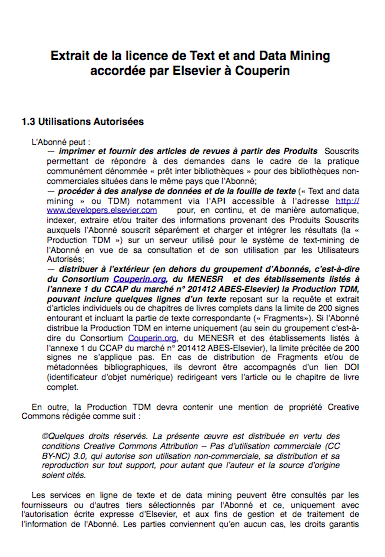The Wellcome Trust and other funders have commisioned a study on
ESTABLISHING INCENTIVES AND CHANGING CULTURES TO SUPPORT DATA ACCESS
http://www.wellcome.ac.uk/stellent/groups/corporatesite/@msh_peda/documents/web_document/wtp056495.pdf
(This is a report of the Expert Advisory Group on Data Access (EAGDA). EAGDA was established by the MRC, ESRC, Cancer Research UK and the Wellcome Trust in 2012 to provide strategic advice on emerging scientific, ethical and legal issues in relation to data access for cohort and longitudinal studies.)
This is very welcome – data is a poor relation of the holy – and in many subjects often largely useless – PDF full text. Here the report states why, and how we need to care for data.
Our findings were that
– making data accessible to others can carry a significant cost to researchers (both in terms of financial resource and the time it requires) and there are constraints in terms of protecting the privacy and confidentiality of research participants;
– while funders have done much valuable work to encourage data access and have made significant investments to support key data resources (such as the UK Data Service for the social sciences), the data management and sharing plans they request of researchers are often not reviewed nor resourced adequately, and the delivery of these plans neither routinely monitored nor enforced;
– there is typically very little, if any, formal recognition for data outputs in key assessment processes – including in funding decisions, academic promotion, and in the UK Research Excellence Framework;
– data managers have an increasingly vital role as members of research teams, but are often afforded a low status and few career progression opportunities;
– working in data intensive research areas can create potential challenges for early career researchers in developing careers in these fields;
– the infrastructures needed to support researchers in data management and sharing, and to ensure the long-term preservation and curation of data, are often lacking (both at an institutional and a community level).
TL;DR It needs commitment in money, policies and management and it’s a large task
So …
RECOMMENDATIONS
We recommend that research funders should:
1. Strengthen approaches for scrutinising data management and sharing plans associated with their funded research – ensuring that these are resourced appropriately and implemented in a manner that maximises the long-term value of key data outputs.
2. Urge the UK Higher Education funding councils to adopt a clear policy at the earliest possible stage for high quality datasets that are shared with others to be explicitly recognised and assessed as valued research outputs in the post-2014 Research Excellence Framework
3. Take a proactive lead in recognising the contribution of those who generate and share high quality datasets, including as a formal criterion for assessing the track record and achievements of researchers during funding decisions.
4. Work in partnership with research institutions and other stakeholders to establish career paths for data managers.
5. Ensure key data repositories serving the data community have adequate funding to meet the long-term costs of data preservation, and develop user-friendly services that reduce the burden on researchers as far as possible.
PMR: This is the FUNDERS urging various bodies to act. Some items are conceivably possible. (4) is highly desirable but very challenging and universities have consistently failed to value support roles and honour “research outputs” instead. (5) is possible but must be done by people and organizations who undersdtand repositories, not university libraries whose repositories are effectively unused.
And we MUSTN”T hand this over to commercial companies.
We recommend that research leaders should:
6. Adopt robust approaches for planning and costing data management and sharing plans when submitting funding applications.
7. Ensure that the contributions of both early-career researchers and data managers are recognised and valued appropriately, and that the career development of individuals in both roles is nurtured.
8. Develop and adopt approaches that accelerate timely and appropriate access to key research datasets.
9. Champion greater recognition of data outputs in the assessment processes to which they contribute.
PMR: (6) will have lipservice unless the process is changed (7) means changing culture and diverting money (8) is possible (9) requires a stick from funders
We also emphasise that research institutions and journals have critical roles in supporting the cultural change required.
Specifically, we call for research institutions to develop clear policies on data sharing and preservation; to provide training and support for researchers to manage data effectively; to strengthen career pathways for data managers; and to recognise data outputs in performance reviews.
We call on journals to establish clear policies on data sharing and processes to enable the contribution of individual authors on the publication to be assessed, and to require the appropriate citation and acknowledgement of datasets used in the course of a piece of published research. In addition, journals should require that datasets underlying published papers are accessible, including through direct links in papers wherever possible.
PMR: Journals have failed us catastrophically both technically (they are among the worst technical printed output in the world – broken bizarre HTML and not even using Unicode) and politically (where their main product is glory, not technical). The only way to change this is to create different organisations.
This will be very difficult.
The funders are to be commended on these goals – it will be an awful lot of money and time and effort and politics.






